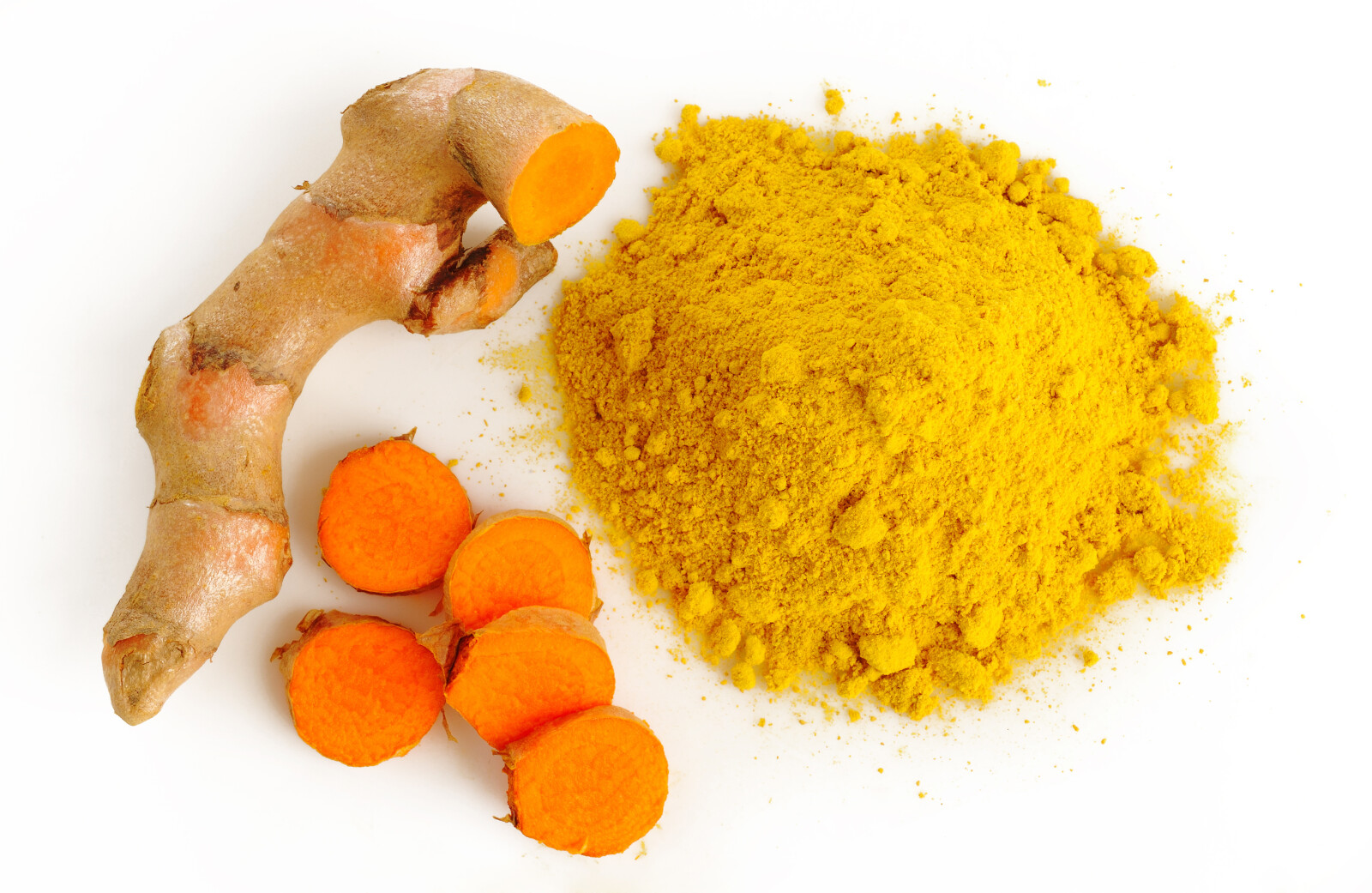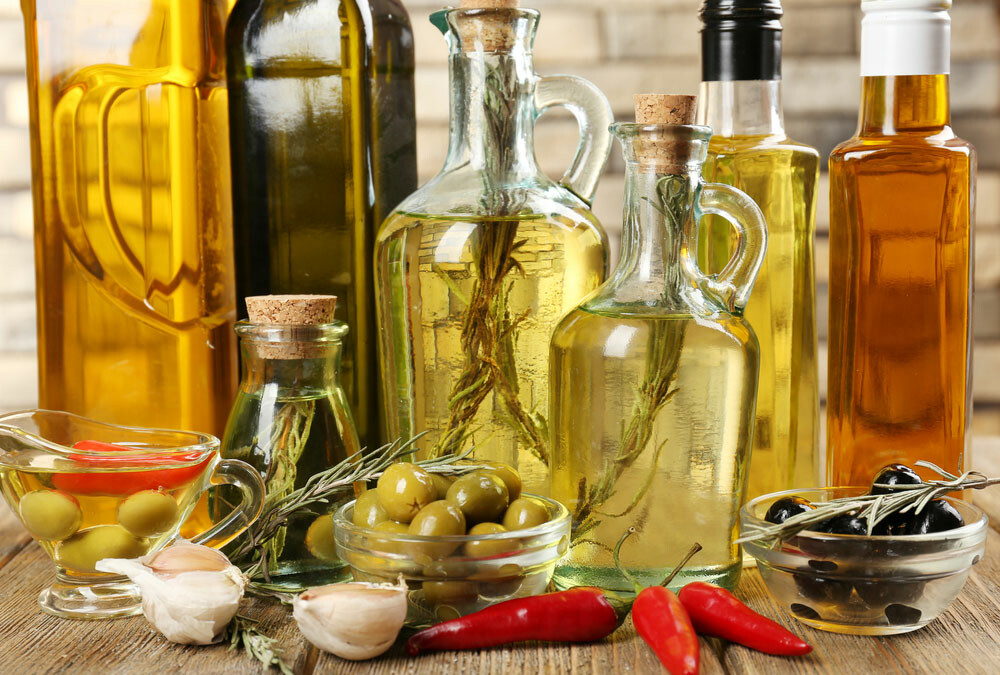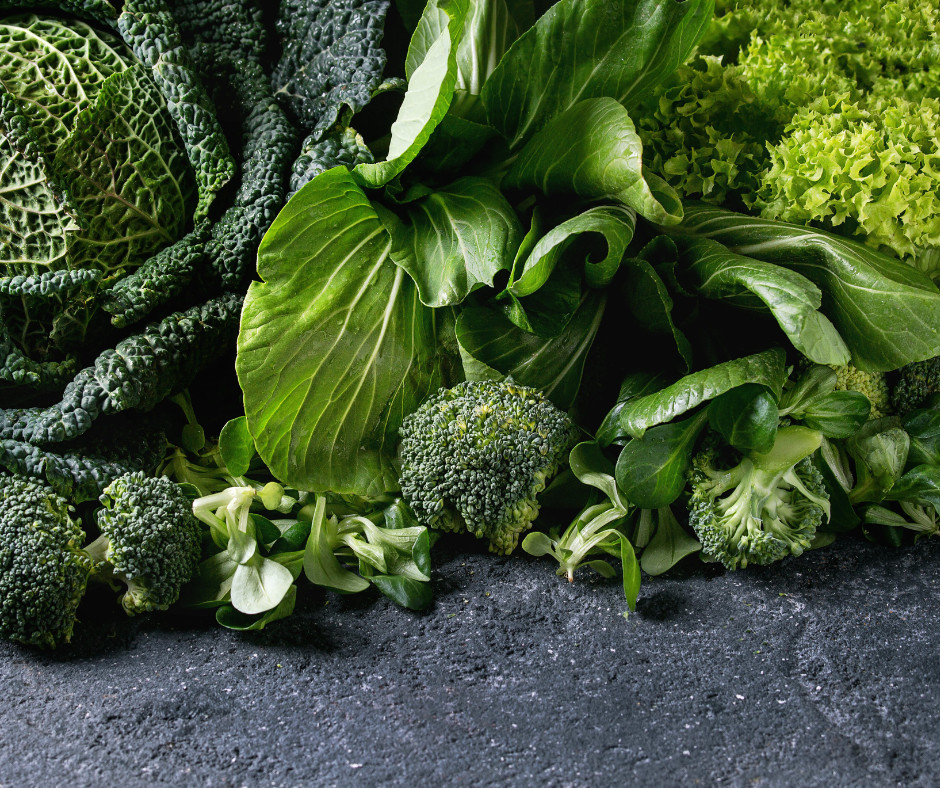
It’s no secret that many of us rely on coffee to get our day started. But is drinking coffee causing more harm than good? Numerous studies have been conducted to answer this question, and the results are contradictory. In this blog post, we will explore what science has to say about the inflammatory properties of coffee and how it might affect women.
What is inflammation?
Before we delve into the effects of coffee on inflammation, let’s first look at what inflammation is. Inflammation is a natural process that helps your body heal from injury or infection. It can be caused by both external factors (such as injury or infection) and internal factors (such as stress). However, chronic inflammation can be detrimental to your health if it persists for long periods of time.
Coffee and inflammation:
Many studies have examined the effect of caffeine consumption on inflammation levels in humans. The results show that caffeine does not seem to increase inflammation in healthy individuals. However, some people may be more sensitive to the effects of caffeine than others, so it’s important to pay attention to how your body reacts after consuming coffee. Additionally, some compounds found in coffee (such as cafestol and kahweol) have been linked to an increase in inflammatory markers such as C-reactive protein (CRP). Studies suggest that these compounds may contribute to an increase in inflammation levels in certain individuals.
Women and coffee:
Women appear to be more sensitive than men when it comes to caffeine consumption and its effects on inflammatory markers such as CRP and interleukin-6 (IL-6). A study conducted by researchers at Harvard University found that women who consumed 4 or more cups of coffee per day had higher levels of IL-6 compared with those who did not consume any coffee at all. This suggests that women should limit their intake of caffeinated beverages due to the potential for increased inflammation levels.
In conclusion, research shows mixed results when it comes to the link between coffee consumption and inflammation. While some studies suggest that drinking coffee does not increase levels of inflammatory markers such as CRP and IL-6, other studies indicate that certain compounds found in coffee may contribute to an increase in these markers for some people—especially women. Therefore, if you are concerned about your level of inflammation, then it would be wise for you to limit your intake of caffeinated beverages such as coffee or tea. Ultimately it's best for you discuss any dietary concerns with your doctor before making any changes based on research findings alone!
Here is the link to what I use to manage my inflammation.
Get my free guide "3 ways to reduce inflammation" !
Ask me about the 11 day jumpstart to reduce pain and inflammation
Disclaimer: The information in this article is for educational purposes only and should not be considered medical advice. Please consult with a healthcare professional before making any changes to your diet or lifestyle.

Living with arthritis pain can be a daily struggle. For women over the age of 40, the symptoms of arthritis may be more noticeable and widespread than at any other time in life. While it’s tempting to push through the pain and continue with your day-to-day activities, it’s also important to stop and consider how this might affect your body in the long run. Let’s take a closer look at how to manage your arthritis pain.
Understand Your Pain
The first step in managing your arthritis pain is to understand what type of pain you have, where it originates from, and how it affects you on a daily basis. Take some time to talk to your doctor about what type of arthritis you have and what kind of treatments are available for that specific condition. This will help you develop a plan for managing your pain and living a healthy life despite the limitations that come with living with arthritis.
Know When To Stop
When dealing with arthritis pain, it’s important to know when to stop or take breaks from activities that cause strain or discomfort on your joints. If you feel like an activity is causing too much stress on one particular joint, then it’s best to take a break or switch activities altogether so that you don’t damage the joint further. Taking regular breaks can also help reduce inflammation which can lead to less intense flares in the future.
Relaxation Techniques
Stress can worsen existing symptoms of arthritis so taking time out each day to relax can help keep flare-ups at bay while also promoting overall wellness. Deep breathing exercises and mindfulness practices such as meditation can help reduce stress levels while also alleviating muscle tension associated with arthritis pain. Other relaxation techniques such as yoga, tai chi, and massage therapy can also be beneficial for managing chronic joint pains associated with certain types of arthritis.
Living with chronic arthritic pain doesn't have to mean giving up on everyday activities or leading an inactive lifestyle - there are plenty of ways in which women over 40 can effectively manage their symptoms without resorting to medication or surgery. By understanding your type of arthritis and its effects on your body, knowing when enough is enough, and incorporating relaxation techniques into your routine; you will be able to increase mobility as well as decrease everyday aches caused by this painful condition. With these tips in mind, living with chronic arthritic pain doesn't have to mean giving up on all physical activity - instead, it's just another opportunity to live healthier!
Here is the link to what I use to manage my inflammation.
Get my free guide "3 ways to reduce inflammation" !
Ask me about the 11 day jumpstart to reduce pain and inflammation
Disclaimer: The information in this article is for educational purposes only and should not be considered medical advice. Please consult with a healthcare professional before making any changes to your diet or lifestyle.

If you’re a woman living with arthritis, you may notice that your fatigue levels are higher than usual. That’s because fatigue is a common symptom of arthritis. The good news is that understanding the cause of this fatigue can help you manage it more effectively. So why does arthritis make us so tired? Let's take a closer look at how arthritis affects our energy levels.
What Is Arthritis Fatigue?
Arthritis fatigue is an overwhelming sense of tiredness and exhaustion caused by inflammation in the joints. It can occur in any type of arthritis, but it’s most common in rheumatoid arthritis, which causes inflammation and pain in the joints. Arthritis fatigue differs from regular fatigue because it’s more persistent and difficult to shake off—even after resting or sleeping for a long period of time. It can be so severe that even simple activities like brushing your teeth or walking across the room become much harder than they should be.
Causes Of Arthritis Fatigue
There are several potential causes for arthritis-related fatigue, including physical factors such as inflammation and joint damage, as well as psychological factors such as stress and depression. Your body has to work hard to heal inflamed joints, which means your muscles are using up extra energy to cope with the pain and stiffness associated with this condition. This drains your energy reserves quickly, leading to feelings of tiredness and exhaustion during the day or after periods of activity. Additionally, stress and anxiety over living with a chronic illness can also zap your energy levels significantly.
Managing Arthritis Fatigue
The best way to manage arthritis fatigue is to address its underlying causes—which means managing both the physical symptoms of your condition as well as any psychological issues you might experience due to living with this condition. Talk to your doctor about different medications that may help reduce inflammation and pain levels in your joints, as well as therapy or lifestyle changes that may help reduce stress or depression associated with chronic illness. Additionally, try engaging in low-impact activities such as yoga or swimming that don't put too much strain on your joints while still providing some exercise benefits—which will help increase your energy levels over time!
Living with arthritis can be a challenge—especially when it comes to managing fatigue levels! Fortunately, understanding why we experience this exhaustion can help us identify ways to manage it more effectively by addressing its underlying causes—both physical and psychological ones! By talking to our doctors about medications that may help reduce inflammation in our joints, engaging in low-impact exercises like yoga or swimming, and managing any stressors related to living with a chronic illness, we can arm ourselves with strategies for keeping our energy levels up!
Here is the link to what I use to manage my inflammation.
Get my free guide "3 ways to reduce inflammation" !
Ask me about the 11 day jumpstart to reduce pain and inflammation
Disclaimer: The information in this article is for educational purposes only and should not be considered medical advice. Please consult with a healthcare professional before making any changes to your diet or lifestyle.

If you’re looking for a natural way to reduce inflammation and improve your overall health, there are many options available. From diet and lifestyle changes to the use of natural herbs, supplements, and essential oils, there are many ways that women can support their bodies naturally. In this blog, we'll take a look at some of the most effective natural anti-inflammatories and how they can help reduce inflammation in the body.
Turmeric & Curcumin
Turmeric is an ancient spice used for centuries for its healing properties and anti-inflammatory effects. It contains curcumin which is one of the most powerful anti-inflammatory compounds found in nature. Studies have shown that curcumin can help decrease inflammation in the body, making it an excellent choice for those seeking a natural approach to reducing inflammation. Additionally, curcumin has been found to help protect against free radical damage in the body which can lead to chronic illnesses like heart disease, type 2 diabetes, and cancer.
Ginger
Ginger is another widely used herb with powerful anti-inflammatory benefits. It contains gingerols, shogaols, and zingerone – compounds that have been shown to reduce inflammation in both humans and animals alike. Ginger can be taken as a tea or supplement or added to food for an extra boost of flavor as well as its anti-inflammatory benefits. Additionally, ginger has also been found to help improve digestion and reduce nausea associated with motion sickness or morning sickness during pregnancy.
Omega-3 Fatty Acids
Omega-3 fatty acids are essential fats that our bodies need but cannot produce on their own—so they must be supplied through dietary sources such as fish oil or plant sources like flaxseed or chia seeds. Omega-3s are known for their ability to reduce inflammation in the body by blocking pro inflammatory molecules from attaching themselves onto cells in our tissues. This helps keep inflammation down throughout our bodies so we stay healthy! Omega 3s are also known for their heart health benefits so they’re great addition to any diet!
Reducing inflammation naturally is one of the best things you can do for your health overall! There are many ways you can support your body’s needs through diet and lifestyle changes as well as through natural herbs and supplements like turmeric & curcumin, ginger root extract, or omega 3 fatty acids! Integrating these into your daily routine can help manage inflammation levels over time so you feel your best everyday! Try adding some of these natural anti-inflammatories into your diet today!
Here is the link to what I use to manage my inflammation.
Get my free guide "3 ways to reduce inflammation" !
Ask me about the 11 day jumpstart to reduce pain and inflammation
Disclaimer: The information in this article is for educational purposes only and should not be considered medical advice. Please consult with a healthcare professional before making any changes to your diet or lifestyle.

Joint pain is a common problem among women over 40, and it can be difficult to find the right treatment plan. One option that is gaining popularity is the use of oils for joint pain. But with so many different oils on the market, how do you know which one is best for your needs? Let’s explore the research and figure out which oil is best for joint pain relief.
Omega-3 and Omega-6 Fatty Acids
Omega-3 and omega-6 fatty acids are two essential fatty acids that have been found to reduce inflammation in joints, thus providing relief from joint pain. Omega-3 fatty acids are primarily found in fish oil, while omega-6 fatty acids are found in plant sources such as flaxseed oil and sunflower oil. If you're looking for a natural way to reduce inflammation and ease joint pain, then these two types of oils may be worth trying.
Coconut Oil
Another popular choice for reducing joint pain is coconut oil. Coconut oil contains lauric acid, which has anti-inflammatory properties that can help reduce swelling of the joints. Additionally, coconut oil also contains medium chain triglycerides (MCTs), which have been shown to improve overall joint health by providing lubrication to the joints and helping to rebuild cartilage.
Olive Oil
Olive oil is packed with antioxidants that can help reduce inflammation in the joints, thus providing relief from joint pain. Olive oil also contains oleocanthal compounds, which are known to block certain enzymes responsible for causing inflammation in the body. In addition, olive oil also helps lubricate the joints and improves their flexibility, making it an ideal choice for those suffering from chronic joint pain or stiffness.
There are several different types of oils that can provide relief from joint pain. Omega-3 and omega-6 fatty acids found in fish or plant sources can reduce inflammation in the joints while coconut oil provides lubrication to help rebuild cartilage and olive oil has powerful anti-inflammatory properties that can help reduce swelling of the joints. Women over 40 should consider adding these oils into their daily routine if they’re experiencing frequent joint pains or stiffness as a result of aging or an injury as they may provide some much needed relief!
Here is the link to what I use to manage my inflammation.
Get my free guide "3 ways to reduce inflammation" !
Ask me about the 11 day jumpstart to reduce pain and inflammation
Disclaimer: The information in this article is for educational purposes only and should not be considered medical advice. Please consult with a healthcare professional before making any changes to your diet or lifestyle.












